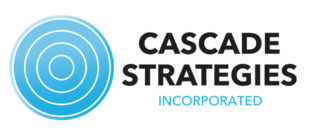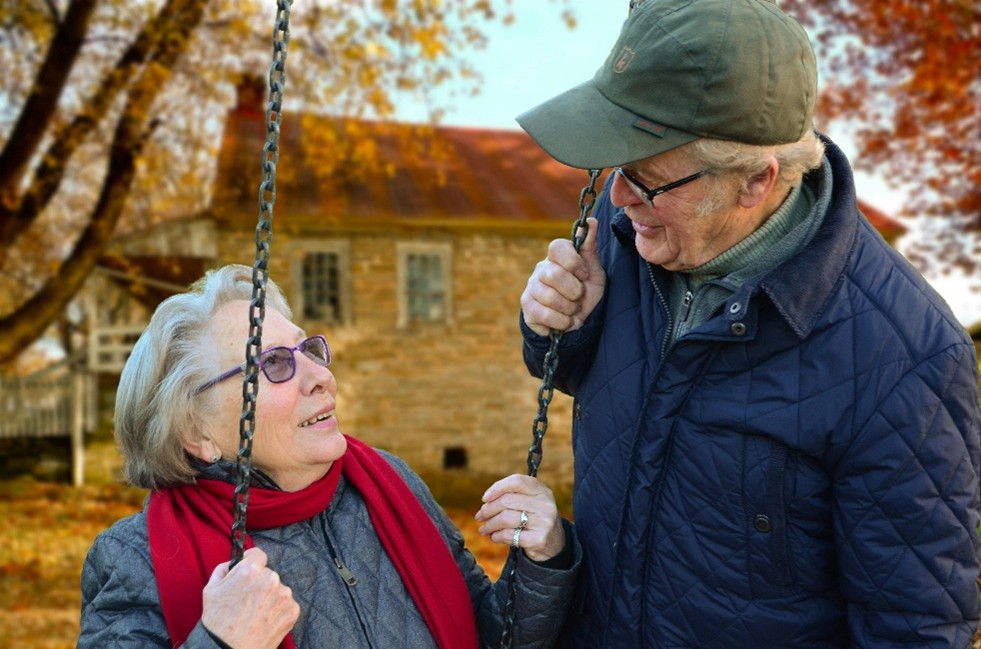
May
How Researchers Are Helping Home Health Agencies with HHCAHPS Surveys
jerry9789 0 comments Burning Questions
What Are Home Health Services?
The American adult population aged 65 and older is projected to increase from 58 million in 2022 to 82 million by 2050, translating to an unprecedented 47% growth. From a 17% share of the total US population, this age group’s portion is estimated to grow to 23%.
And an aging population means more elderly adults looking to remain independent at home, in spite of the risks of various chronic conditions as well as unexpected mishaps like losing one’s balance and stumbling or falling. This is where home health services come in. Fast becoming a staple of the healthcare system, Medicare and Medicaid-certified home health agencies aim to provide “acute, chronic, and rehabilitative care from skilled and knowledgeable interdisciplinary clinical teams” while supporting elderly adults’ preferences to remain at home.
Home health services are forecasted to grow from a $100 billion to a $200 billion industry by 2028. The Centers for Medicare & Medicaid Services (CMS) pay for the majority of home health services costs, as Medicaid and Medicare make up over 60% of the US home healthcare expenses. To better evaluate, understand and improve the patient experience with home health services, the CMS has administered a survey collecting feedback from patients or their families about their skilled home care experience.
Copyright: Andrea Piacquadio
What Is A Home Health Care CAHPS Survey?
The Consumer Assessment of Healthcare Providers and Systems (CAHPS) is a program developed by the Agency for Healthcare Research and Quality (AHRQ), as requested by the CMS, which uses standardized surveys for gathering and analyzing information about patients’ experiences with healthcare services, including home health agencies. Unlike customer satisfaction surveys, CAHPS surveys focus on the patient’s experience and/or perception rather than their satisfaction with the care they’ve received. The program’s goals include the improvement of the scientific understanding of patient experience and the provision of tools for organizations to improve quality of care. The CMS publicly reports its patient experience survey results, with some surveys affecting payments to providers.
The Home Health Care CAHPS Survey (HHCAHPS), specifically, was designed to measure the experiences of people getting home health care from Medicare and Medicaid-certified home health care agencies. The first national, standardized, and publicly reported survey of home health care patients’ perspectives on their skilled home care, the HHCAHPS survey asks patients and/or their families about their experiences regarding communication between them and their providers, specific care issues, rating of care provided by the agency, and their willingness to recommend the agency to friends and family. An HHCAHPS survey is conducted by approved survey vendors through three modes: mail only, telephone only, or a mix of mail survey with a telephone follow-up for non-respondents.
The HHCAHPS survey was implemented nationally in October 2009 with home health agencies participating on a voluntary basis before quality reporting requirements for the home health annual payment update (APU) started in the third quarter of 2010. At present, the CMS requires all home health agencies receiving Medicare or Medicaid payments for serving 60 or more survey-eligible patients annually to contract with an approved HHCAHPS Survey vendor to administer the survey on a monthly basis. (Agencies serving 59 or fewer patients may apply for an exemption from the survey requirement.) The survey data is then submitted to the HHCAHPS Data Center on a quarterly basis with public reporting of survey results reflected at Home Health Compare.
Copyright: Kampus Production
What Benefits do the HHCAHPS Surveys Provide?
The HHCAHPS surveys have three broad goals:
-
-
- Produce comparable data based on patients’ experiences for objective comparisons between home health agencies
- Improve the public accountability of home health agencies with the care and service they provide
- Incentivize home health agencies to continually improve their quality of care.
-
It’s easy to think that HHCAHPS surveys influence the public reputation of a home health agency as well as the payment they could collect from the CMS. However, that view reduces the survey to the realm of “customer satisfaction,” with its attendant reliance on things like 1-to-5 scales. But instead of a pure “customer satisfaction” framework, the information gathered from HHCAHPS surveys comes from a person-centered viewpoint based on the patient’s perception of experience with the home health agency. This is accomplished through the use of core questions like does the agency effectively explain things to the patient in a way they understand, or do their personnel show a high level of professionalism or respect toward the patient. Framing questions this way lays a solid groundwork for comparing agencies.
HHCAHPS surveys can also effectively identify servicing gaps and suggest creative solutions in the delivery of home health care services. Such insights can lead to better financial outcomes for providers, since the CMS is providing incentives for higher levels of care, rather than paying the same rate for all, regardless of the patients’ perception of performance.
Why Use Cascade Strategies for Your HHCAHPS Surveys?
Cascade Strategies has over three decades of experience serving the health care industry. Our experience and expertise will help transform the information collected from your survey results into actionable insights, elevating the level of home health service and care you provide to make you stand out from the other agencies in addition to maximizing your financial gains from the CMS. Please visit our page describing our HHCAHPS Survey Services here, and let us know how we can help you. Also feel free to ask us questions using our contact form.
Copyright: Antoni Shkraba Studio
Featured and Top Image Copyrights: Andrea Piacquadio

Aug
Nursing Homes Close as Need for Care Grows
jerry9789 0 comments Brand Surveys and Testing, Brandview World
Nursing Home Challenges
According to a report by the American Health Care Association and National Center for Assisted Living (AHCA/NCAL) in April 2022, more than 1,000 nursing homes have closed since 2015. This breaks down to 776 closures before the COVID-19 pandemic and 327 closures during the pandemic.
The same report also projected 400 nursing homes to close in 2022 based on financials at the time. While the Centers for Medicare & Medicaid Services reported 135 nursing homes closing in 2022, it is believed the number could be higher. This is due to possible discrepancies between the time a closure plan is submitted by a facility and its full execution to be listed in the federal database.
Staffing shortages and low reimbursement have long been recognized as factors for nursing home closures even before the pandemic. Rising wages and increased operation and maintenance costs in recent years exacerbated the situation, especially in rural areas.
The Impact of Nursing Home Closings
These closures resulted in former residents transferring to another facility, which in most cases, was farther from home. Some even must move twice after the first nursing home they transferred to subsequently closed. The process could also take weeks as social workers look for placements so a patient might find themself staying in a hospital in the meantime. Conversely, some nursing care facilities are keeping beds vacant because they don’t have enough workers.
Amidst these challenges, the need for long-term care grows with baby boomers joining this group.
Copyright Kampus Production
Nursing Home Alternatives
While the pandemic put a spotlight on the difficulties faced by the nursing care industry, it also opens opportunities for reforming and improving nursing homes. It also paves the way for exploring nursing home alternatives, such as in-home care for seniors. However, home care may prove to be the more expensive option and while it offers more personal and tailored assistance, you might have a senior who prefers or thrives more in a group setting like the one offered by assisted living communities.
Then there are group homes and family-style nursing homes, which are both small-scale options for assisted living. While a typical nursing home holds over 100 resident beds on average, a group home can house between five to 10 people (or 20, depending on the state) while family-style homes host 10 to 20 beds. These setups allow for more personalized care and a higher staff-to-client ratio in a sociable, homelike setting with home-cooked meals.
Due to being smaller in scale and not as advertised as regular nursing facilities, most group homes might slip past the radar of older adults or their loved ones seeking assisted living. With well-developed branding, however, smaller-scale assisted living communities can stand out even from the shadows of larger facilities and get their message across better to the seniors most suited for the living arrangements they offer.
Cascade Strategies can help you develop your branding, thanks to an array of services such as Brand Development Research and Segmentation Studies backed by over three decades of experience. Whether you are a smaller residential care home trying to get the word out or a larger assisted living community looking to reach the ideal senior or even the skilled nurses you need, we can help you find the right market research solution for your branding needs.













